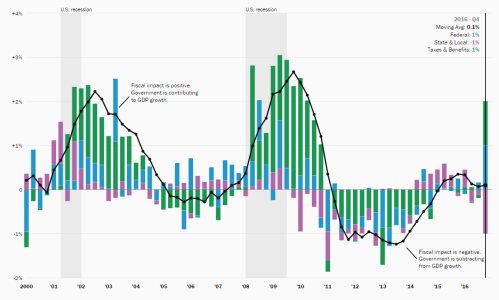This paper is part of the Fall 2018 edition of the Brookings Papers on Economic Activity, the leading conference series and journal in economics for timely, cutting-edge research about real-world policy issues. Research findings are presented in a clear and accessible style to maximize their impact on economic understanding and policymaking. The editors are Brookings Nonresident Senior Fellow and Northwestern University Economics Professor Janice Eberly and James Stock, Brookings Nonresident Senior Fellow and Harvard University economics professor. Read summaries of all five papers from the journal here.
Abstract
Real risk-free interest rates have trended down over the past 30 years. Puzzlingly in light of this decline, (1) the return on private capital has remained stable or even increased, creating an increasing wedge between public and private rates of return; (2) stock market valuation ratios have increased only moderately; (3) investment has been lackluster. We use a simple extension of the neoclassical growth model as an accounting framework to diagnose the nexus of forces that jointly accounts for these developments. We find that rising market power, rising unmeasured intangibles, and rising risk premia, play a crucial role, over and above the traditional culprits of increasing savings supply and technological growth slowdown.
Citations
Farhi, Emmanuel, and François Gourio. 2018. “Accounting for Macro-Finance Trends: Market Power, Intangibles, and Risk Premia.” Brookings Papers on Economic Activity, Fall, 147-250.
Conflict of Interest Disclosure
The authors did not receive financial support from any firm or person for this paper or from any firm or person with a financial or political interest in this paper. They are currently not officers, directors, or board members of any organization with an interest in this paper. No outside party had the right to review this paper before circulation.
The Brookings Institution is committed to quality, independence, and impact.
We are supported by a diverse array of funders. In line with our values and policies, each Brookings publication represents the sole views of its author(s).






